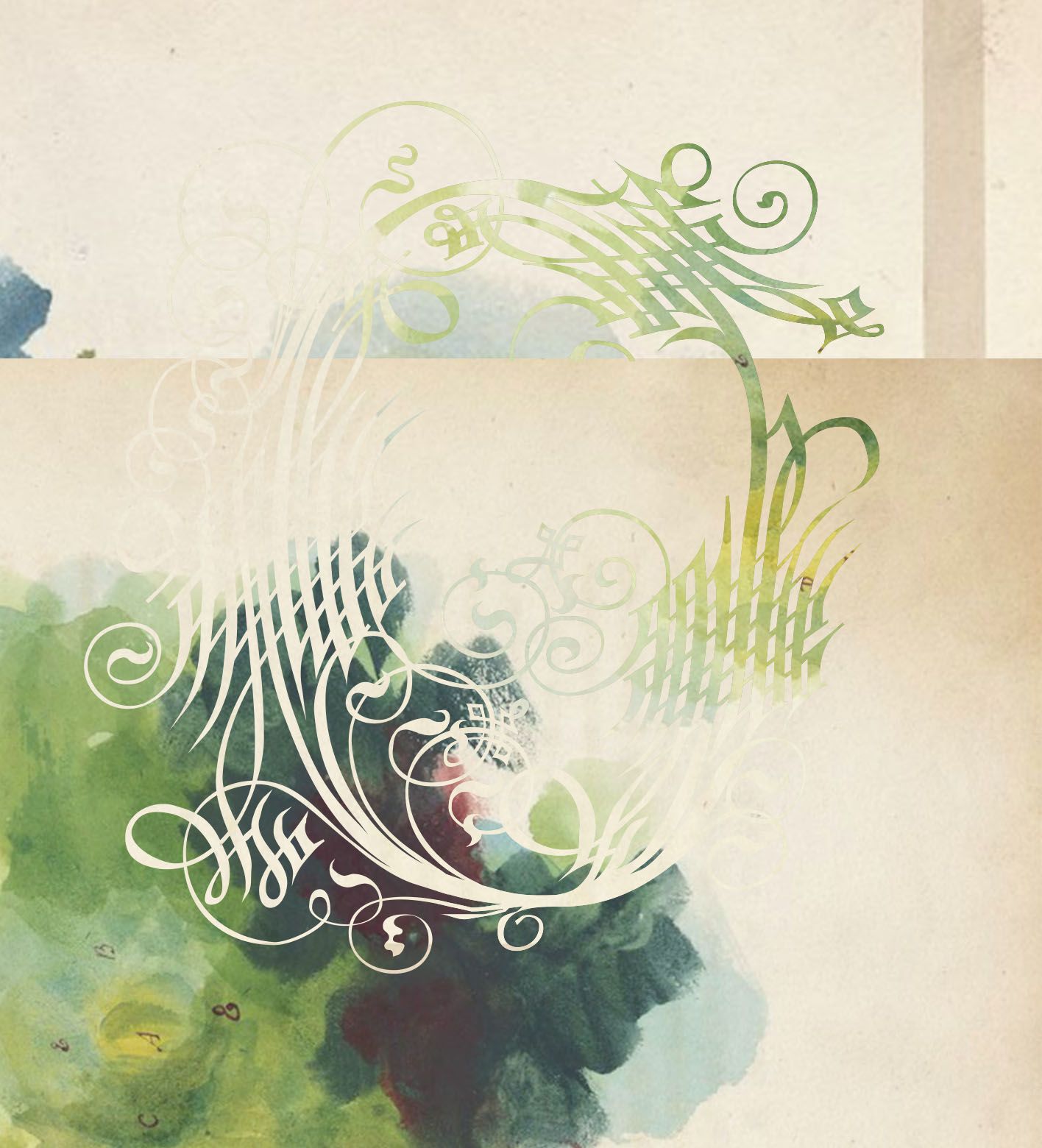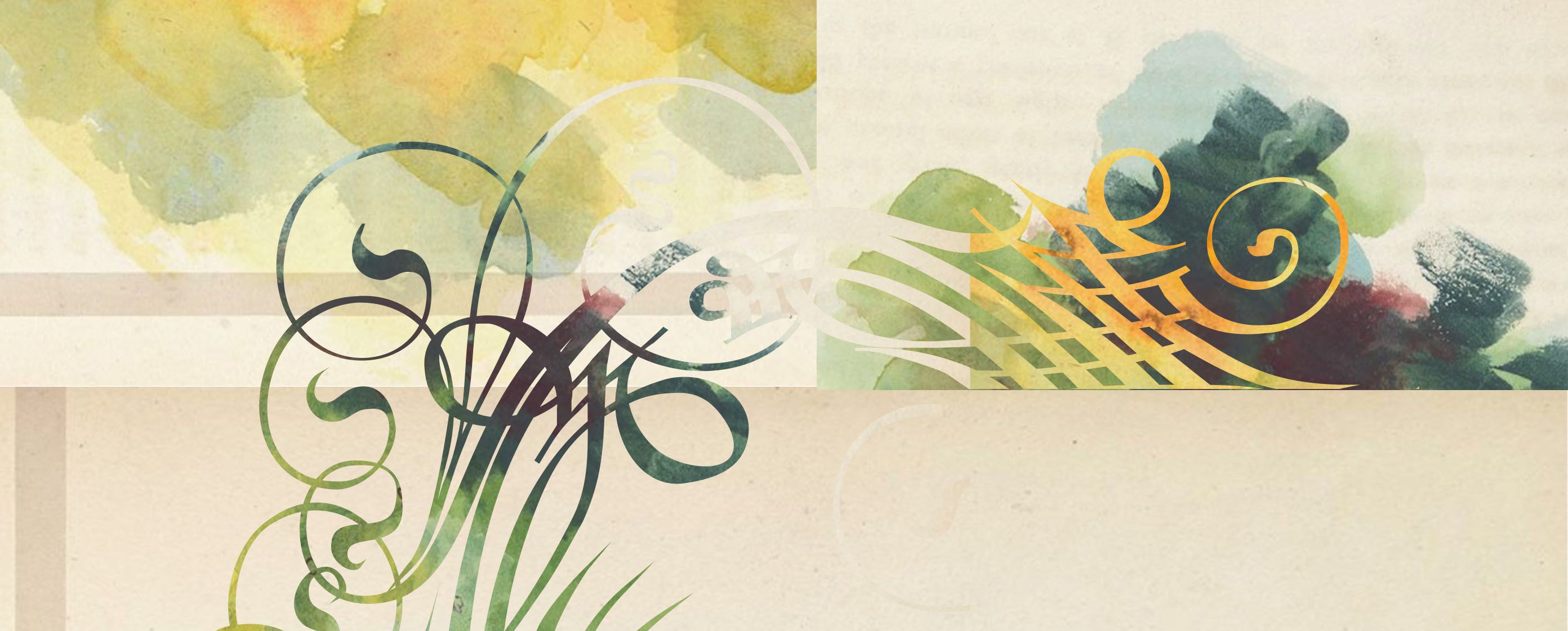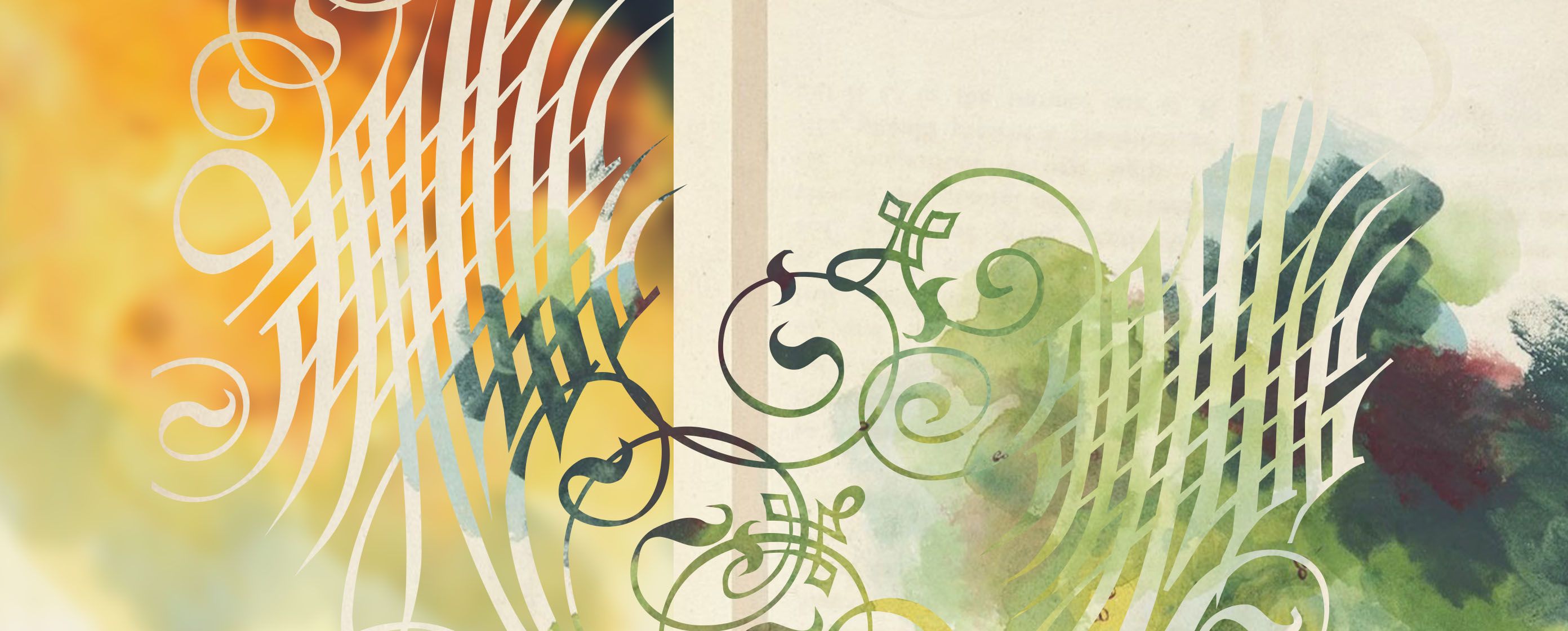
Who / what / when / where / why is Otherness
Instead of trying to flip a nonbinary reality to be 100% one way or 100% the other, as many agencies do, Otherness knits together the edges of contradictions and conflicts, understanding that any treatment otherwise is a whitewashing of the culture and a silencing of an origin story that needs to be heard
“Joel, when will you have your own studio?”
When Otherness came to be in 2022, on a Rotterdam street with trees aplenty for pet dog Omelette, Joel Derksen answered his clients’ longtime question. And sure enough, today the boutique studio is humming – the award-winning design headquarters leads visionary brand leaders through once unenvisagable transformations.
What happens here, however, is more metaphysical than material. Working with Otherness means working with Joel. If even existent, the boundary between the two stays so porous that professional engagement with the studio has been likened to business therapy sessions with its director. The collaboration consistently entails a highly personalized, deeply personal, and usually quite emotional exploration of who/what/when/where/why a brand is – and, crucially, how it will be out in the world.
So how did this unlicensed practitioner get so practised at design R&D?

From flatlands to Lowlands
Joel’s design career began as a self-taught 14 year old in the early 2000s. In his hometown in Saskatchewan, he started creating websites and logos for neighbours with small businesses. By 16, he had inevitably evolved into a deft account manager too. By 19, he escaped the Canadian province known for flat prairies and vibrant skies. He went East, first to attend NASCAD University in Halifax and then, backtracking a bit to Toronto, OCAD University, where he graduated with a degree in graphic design.
For 15 years, design jobs kept Joel moving: from Toronto to Munich to London to Amsterdam. Besides full-time employment at global firms, including Landor and IDEO – where he helped remarket giants like Carlsberg and Salomon – he worked at boutique agencies, such as Oxygen, served as art director for the Toronto Botanical Garden, and freelanced for brands both international, like Acura, and local, like Ontario Wine Appellation Authority (VQA). Although he postponed crystallizing his own perspective, award after award honoured his ability to hit the nail on the head of a design brief while simultaneously challenging the use of a hammer.
Thanks to his expiring Commonwealth backpacker’s visa and Brexit bureaucracy, Otherness was founded not in the U.K., but in the Netherlands. The country’s strong creative culture gelled with Joel. An anti-capitalist undercurrent encouraged local designers’ more absurdist, humorous tendencies to thrive. Plus, since society was unshy to argue, Dutch clients could take a push-and-pull approach to business that efficiently moved the whole team to score the goal rather than slow plays down in a director-vs.-client dynamic.

Contrarianism as a duty of care
From day one, Otherness has embraced the complexity of translating human desires into material designs. Joel sees it as part of his and his scalable team’s duty of care to clients. In fact, this policy of turning a priori assumptions on their head is what led to the studio’s recent success in transforming clinical trial platform Medable into a beautiful brand system. Who says a B2B company serving pharma as its key customer can’t have an elegant lifestyle aesthetic that still conveys life-saving precision and power?
Another case study Joel treasures comes from his time in Toronto. For 20 years, marketers had told a family-owned apple-picking farm to position themselves as a butter-and-cinnamon-scented stand-in for Mum, but the strategy never stuck. As it turned out, the company’s true essence demanded a magical realism style to storytelling about ordinary life in a small town. Joel realized this in a Tim Burton’s Big Fish-inspired digital and packaging program. The apple-bobbing goats, ducks swimming in lava cakes, and whipped cream clouds brought tears of finally feeling seen to the founders’ eyes and let the brand flourish.
It’s not for nothing that Joel is gently contrarian. For strategy-seeking and identity-questioning brands, he provides a safe harbour to rest and regroup. But by also asking the difficult questions and taking time to thoughtfully interpret the complex answers, Otherness is a lightning rod for re-imaginings that can transfigure everything – and everyone – that has been taken for granted.
Stories that need to be heard
In 2024, 66% of Otherness clients self-identified as female, queer or POC founders. For the studio’s two years of operation beforehand, the statistics tipped similarly. Joel hasn’t expressly sought to work with members of outsider groups, but they tend to feel at home with him because he can sit in ambiguity and multiplicity longer than most. Uncoincidentally, these partners are frequently functioning in a startup capacity around a brilliant solution that the right design releases from its cocoon.
Another Otherness strong suit is taking inspiration from non-visual stimuli. This accounts for ideas and identities that have not yet been seen or heard, much less proliferated in the trend cycle. An Inquiry by Design course that Joel followed at the Höchschule für Gestalting in Basel was a masterclass in this lesson. Students were tasked with making designs solely in response to readings, such as by philosopher Immanuel Kant and architect-engineer-historian Antoine Picon – there were no Pinterest collections or mood boards.
While contemporary design has been commandeered by a mindset of monolithic simplicity, Joel channels fighting frictions between signifier and signified to create something new. As his portfolio shows, brands are actually often grinding on the edges of two (or more) definitions. Instead of trying to flip a nonbinary reality to be 100% one way or 100% the other, as many agencies do, Otherness knits together the edges of contradictions and conflicts, understanding that any treatment otherwise is a whitewashing of the culture and a silencing of an origin story that needs to be heard.
Welcome one and all
In name and raison d’être, Otherness reflects Joel’s own experience with otherness, a feeling of not being here nor there as well as of being here and there. In everyday practice, its mandate is to help others express the fullness of their true complex selves.
Whether the studio is new to you, or you cheered when Joel became his own boss, or you once hired him to build that GeoCities website: you’re warmly welcomed.